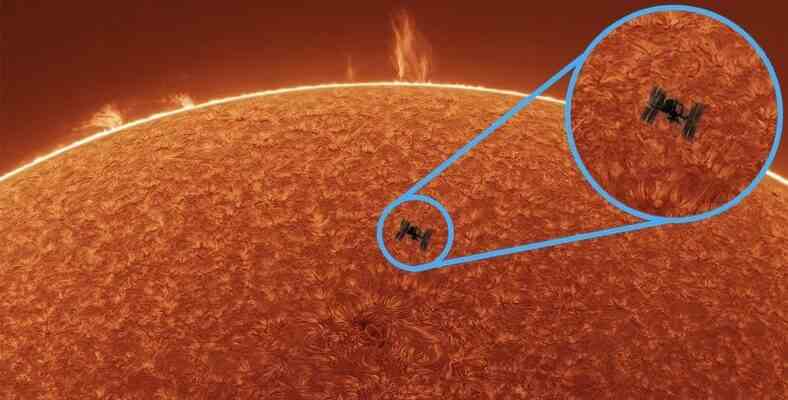Mehmet Ergün, who lives in a small town in Germany, has been photographing the Milky Way for years. The photos you will soon see are so high quality that you might even think that some were taken with the James Webb Telescope!
Because he lives in a small place no light pollution disadvantages Among Mehmet Ergün’s photographs, there are many other beauties of the Milky Way, especially celestial bodies such as the Sun, Moon, Jupiter and Mars.
One of his photos was even released by NASA on May 4, 2021. “Astronomy Photo of the Day” was chosen. If you are also interested in astronomy photography, the answers he gave to the questions we asked him on this subject will guide you.
We asked Mehmet Ergün where and how he took the photograph, which was chosen as the “Astronomy Photo of the Day” by NASA.
“My ‘ISS (International Space Station) passing in front of the Sun’ photo I took was chosen as the NASA APOD (Astronomy Picture of the Day) photo of the day. Hubble images, NASA missions, Mars missions or ISS photos are usually shown as APOD, amateur photographers rarely APOD is given.”
Equipment:
Halpha Solar Telescope (Daystar Filters)
High speed camera (QHY174M)
Tracking system (RST-135)
Place: Einod / Germany
History: 04/25/2021
“Thanks to the application (transit-finder), I determined where and when the ISS will pass in front of the Sun for shooting. I planned it 2 weeks in advance. I used 35 kg equipment. (custom hydrogen alpha solar telescope)I drove about 300km by car.”
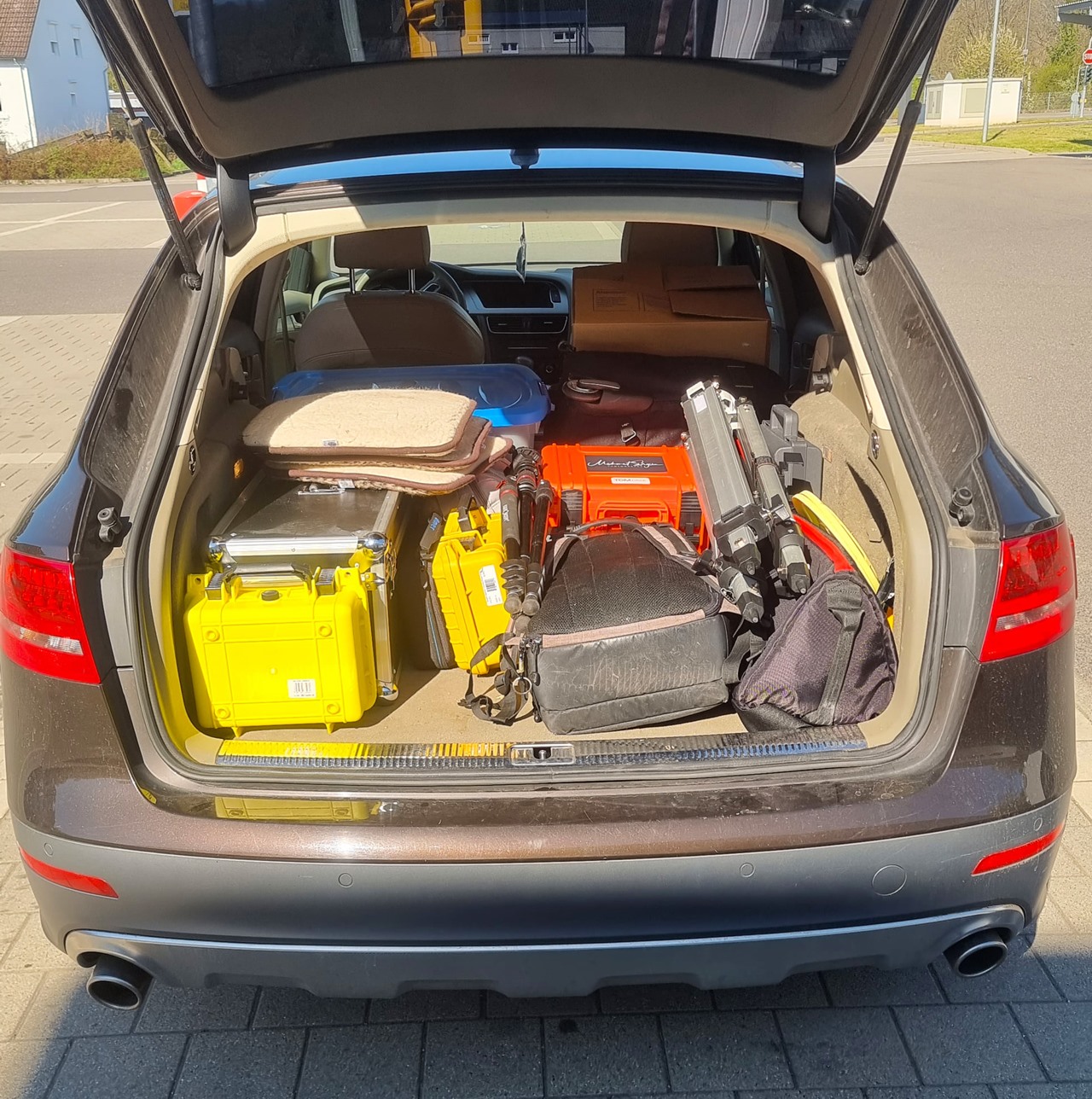
“I spent 10 hours of effort. Everything is just less than 1 second (0.7 sec.) was for shooting.”
How did you start this hobby? Does it have a high cost?
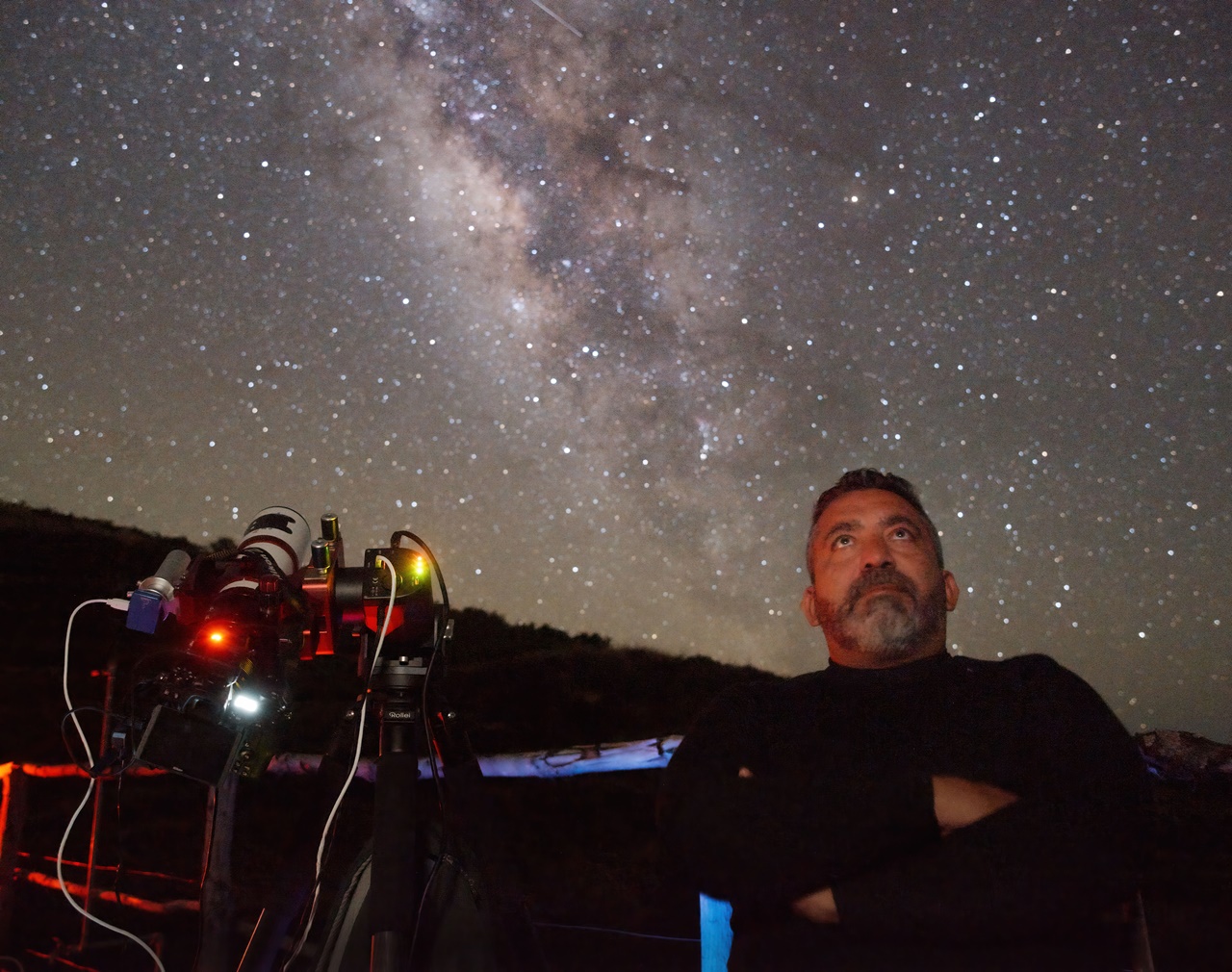
“This hobby worth €40 I started with a telescope. It’s a hobby that requires a lot of time/experience and cost if you want to do it at a high level.”
How much time do you spend on average for a photo? What is the hardest part of this job?
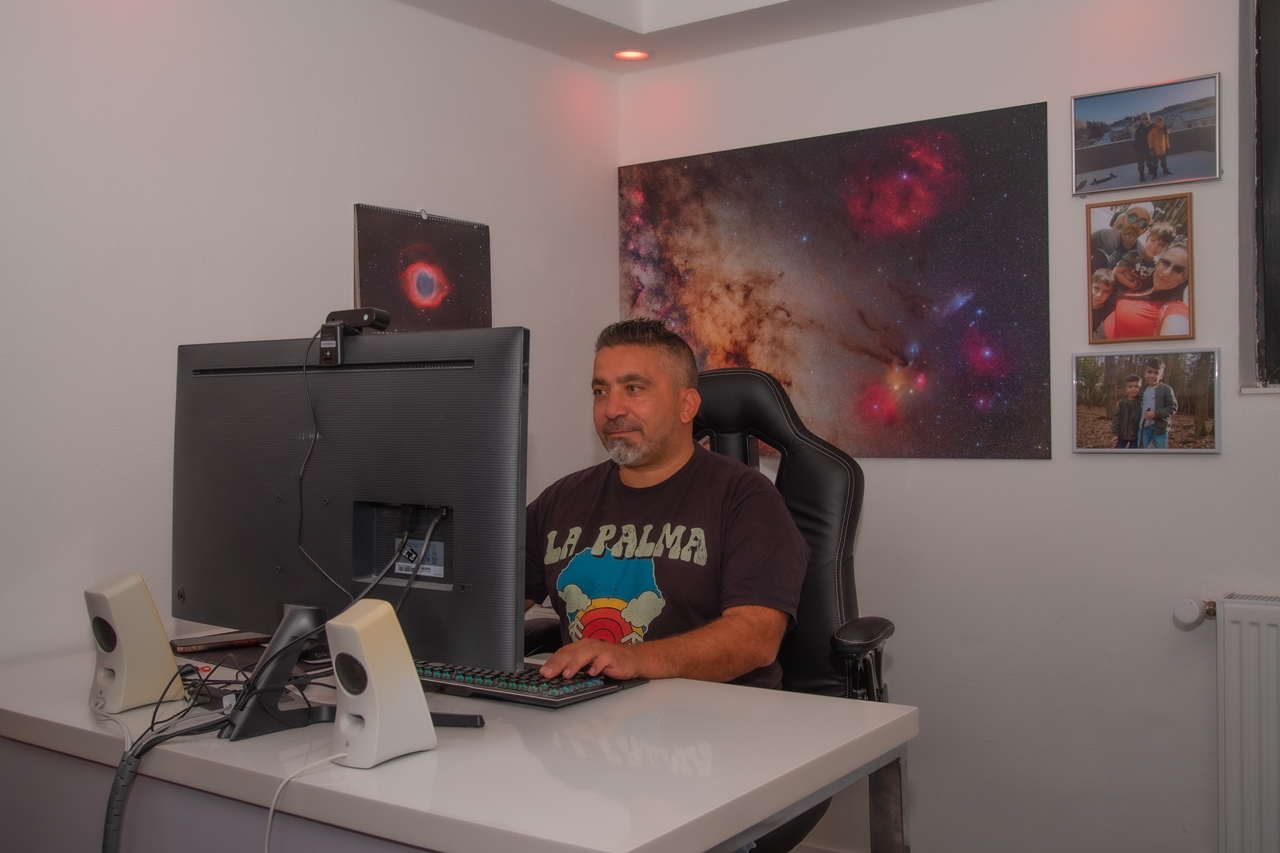
“This may vary depending on the frame you want to shoot, but an average of 10-12 hours we can say (half the shooting time, half the processing time on the computer). I think the hardest part of this job is to be patient. Sometimes you have to wait for months or years to get the picture you have in mind.”
Due to air pollution and light pollution, good photos cannot be taken in many places. How can we identify the ideal location for astrophotography? Is there an application for these, or is it chosen by eye (if it is an eye, what should be considered)? How is the place where you shoot?
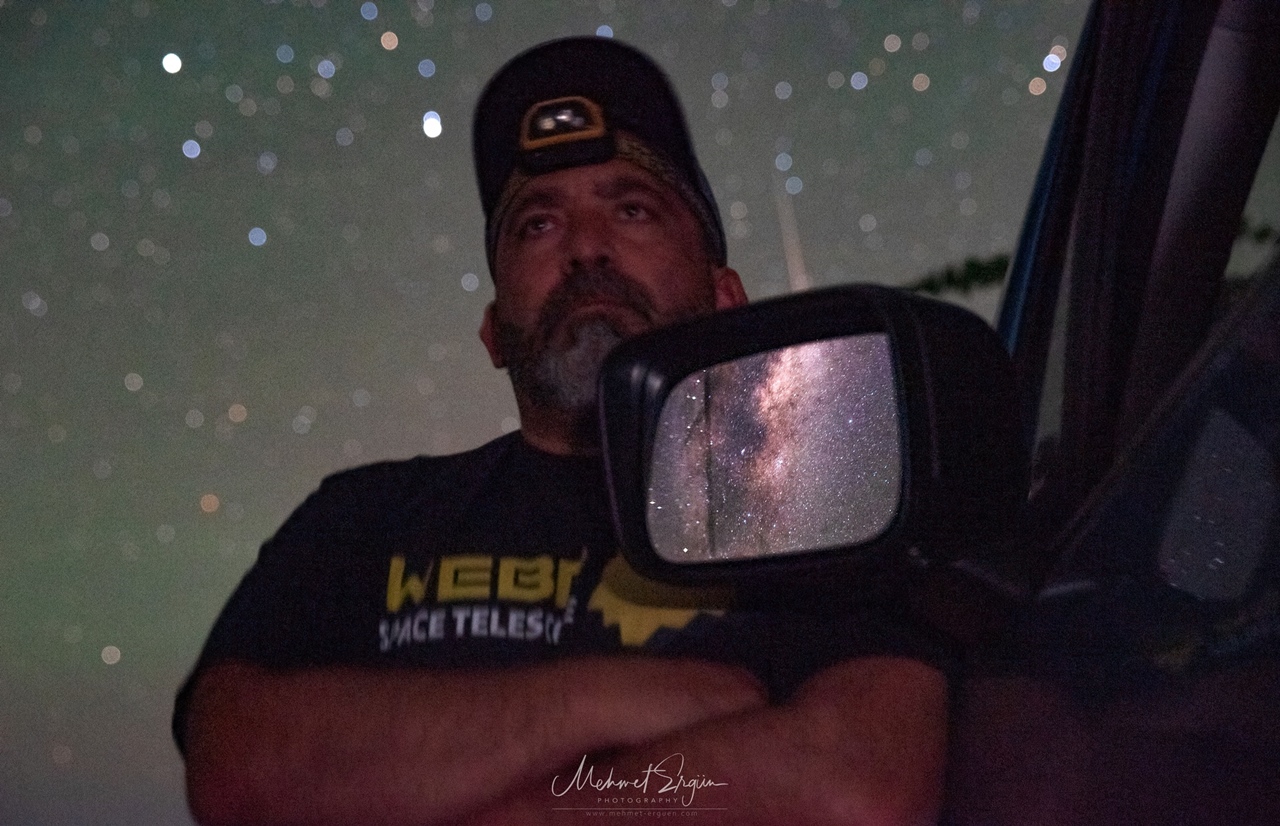
“Yes, there are apps for that Light Pollution Map like. An application similar to Google Map, you can see how dark which place is. Rule of thumb: stay away from people, where there are people, there’s artificial light.”
RELATED NEWS
Turkey’s Darkest Places Where You Can See Countless Stars When You Turn Your Head To The Sky
“As much as possible It is important to be high and away from humidity, for example on a mountain or hill. Thus, the thick atmosphere and dust layer remain below us.”
“I shoot most of my shots in the Canary Islands of Spain. La Palma Island, I can say that it is one of the best venues in Europe; maybe the best. It is home to the world’s largest telescopes. I also shoot some of my shots from my home, observatories and mobile.”
RELATED NEWS
Photos Showing the Scale of the Ongoing Volcanic Disaster in La Palma
How can those who want to step into astrophotography with a mobile phone get the best results?
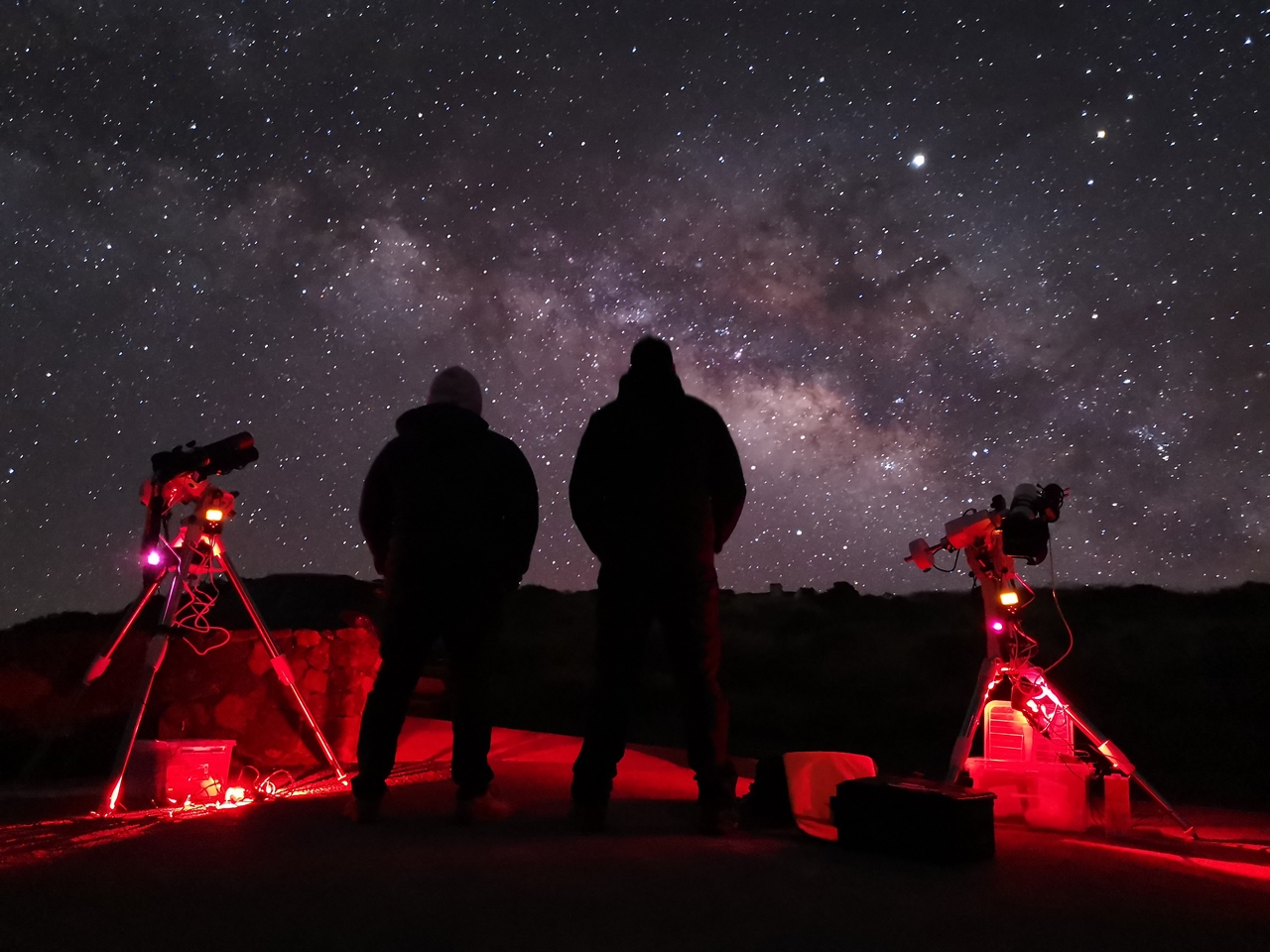
- It is possible to take wide-angle Milky Way shots with today’s mobile phones.
- Manual settings are required for use.
- The exposure time can be 20-30 seconds.
- Focus adjustment should be adjusted manually with the help of a bright star.
- The ISO should be pretty high, 1600 or higher.
- Once the phone is docked, trigger it without moving it (voice command if possible).
RELATED NEWS
Why Does the Moon Appear Big to the Naked Eye Look So Small and Bright on Phone Cameras?
Can you suggest a good telescope that doesn’t burn much for a start?
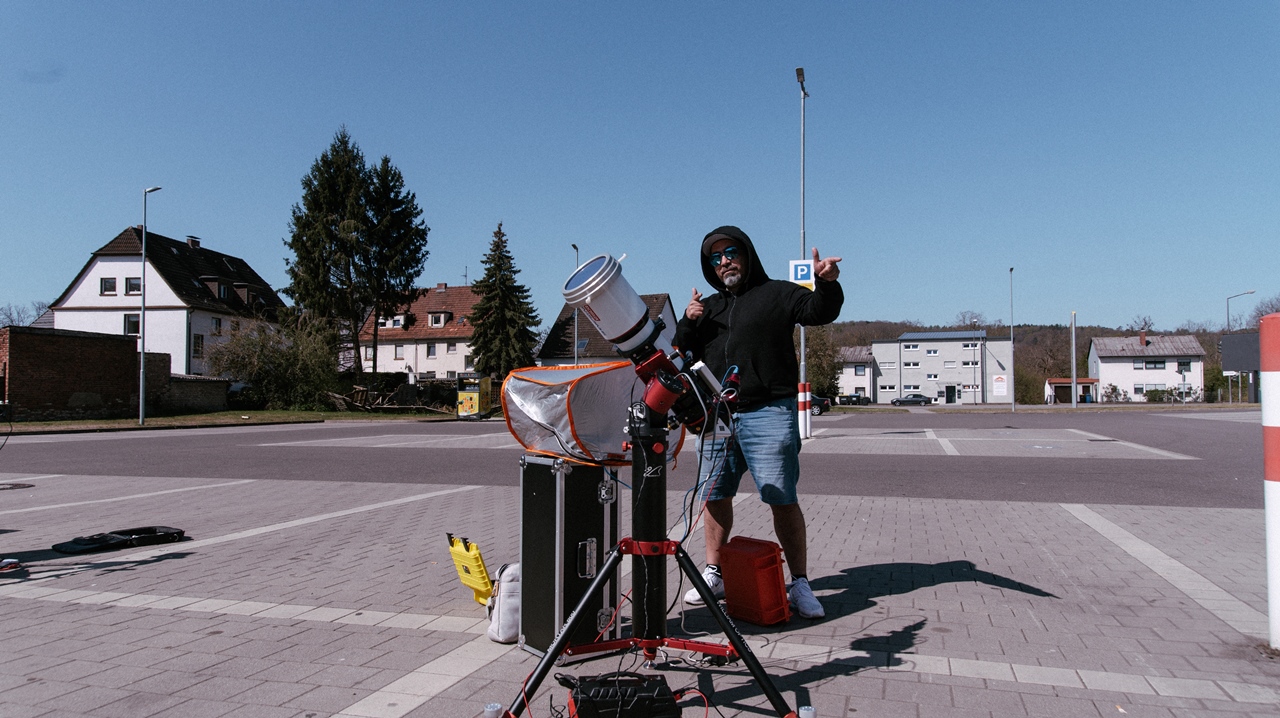
“Generally for the beginning any type of telescope is suitable, if you have no experience with observation or photography, I recommend starting with a cheap telescope or binoculars. As interest and desire increase over time, your knowledge automatically increases, which will help you decide which telescope to buy.”
These were Mehmet Ergün’s recommendations. Let’s take a look at his other photos:
Partial Solar Eclipse
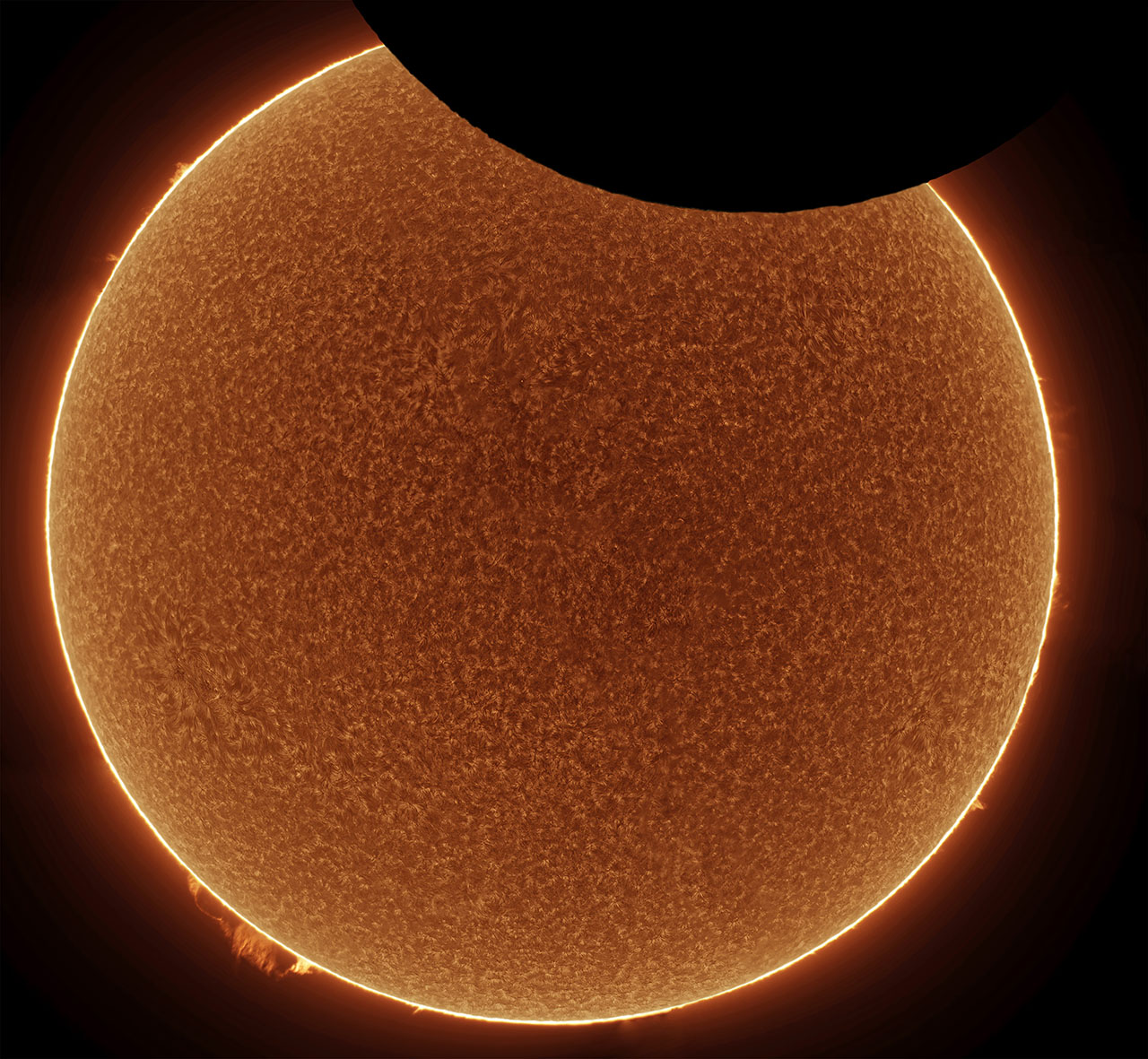
Equipment:
Halpha Solar Telescope (Daystar Filters)
High speed camera (QHY174M)
Tracking system (RST-135)
Place: Bad Kreuznach / Germany
History: 06/10/2021
airplane in front of the sun
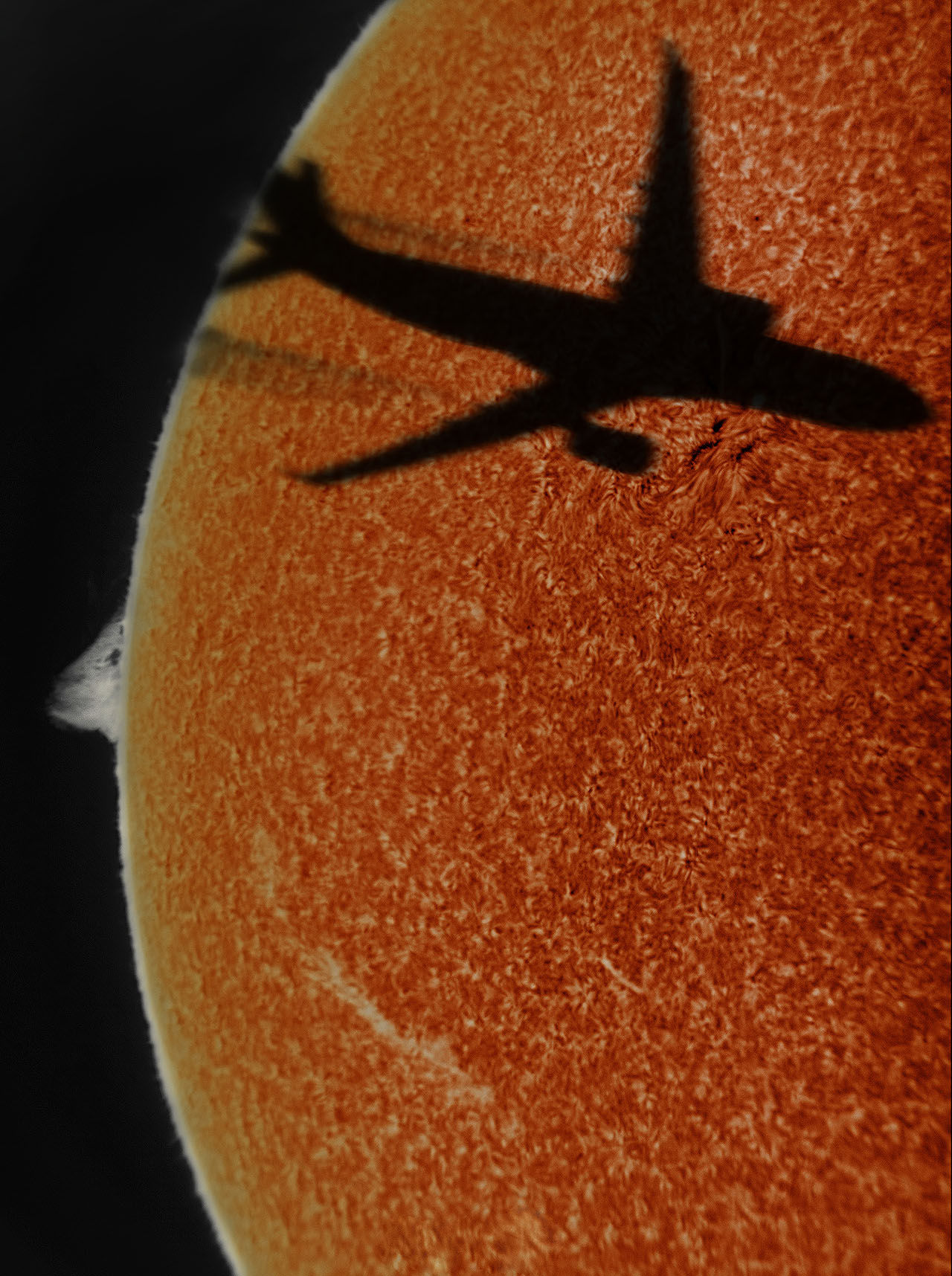
“My solar telescope at noon on April 23, 2021. I did not expect such a view when I installed it on my balcony. When you look at the sun, a passenger plane suddenly appears. Planning such an ‘airplane pass’ is nearly impossible. After some research, I was able to learn the flight details. “Turkish Airlines” was the TC-JNO registered Airbus A330-343 from Istanbul to Boston (THY81D).
Equipment:
Halpha Solar Telescope (Daystar Filters)
High speed camera (QHY174M)
Tracking system (RST-135)
Place: Bad Kreuznach / Germany
History: 04/23/2021
M31 – Andromeda Galaxy
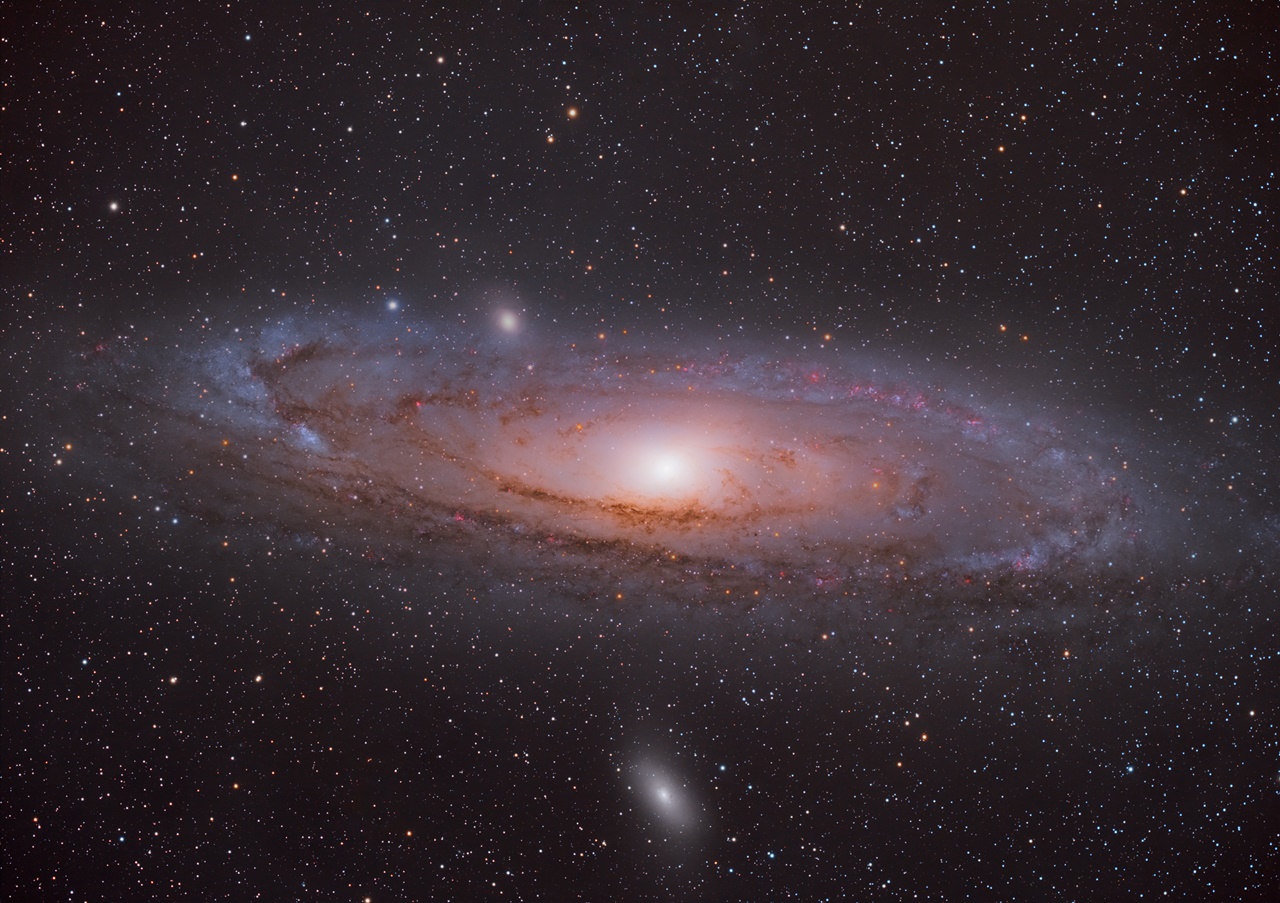
“This is my picture in the constellation Andromeda. showing our neighboring galaxies. Our neighboring galaxies can also be observed with small telescopes or binoculars. Andromeda Sky Island is about 2,500,000 light-years away. Nearby are the satellite galaxies M110 and M32. About two weeks ago I took this photo at the Bad Kreuznach observatory. Meanwhile, the Andromeda Galaxy is the farthest object visible to the naked eye.”
Equipment:
Sharpstar 121SDQ (678mm f5.6)
Nikon Z6 Astro-cool
Tracking system (Fornax F52)
EXIF: 678mm / f5.6/ 120 x 120sec. / ISO1600
Place: Tenerife / Spain
History: 10/16/2021
3D Moon
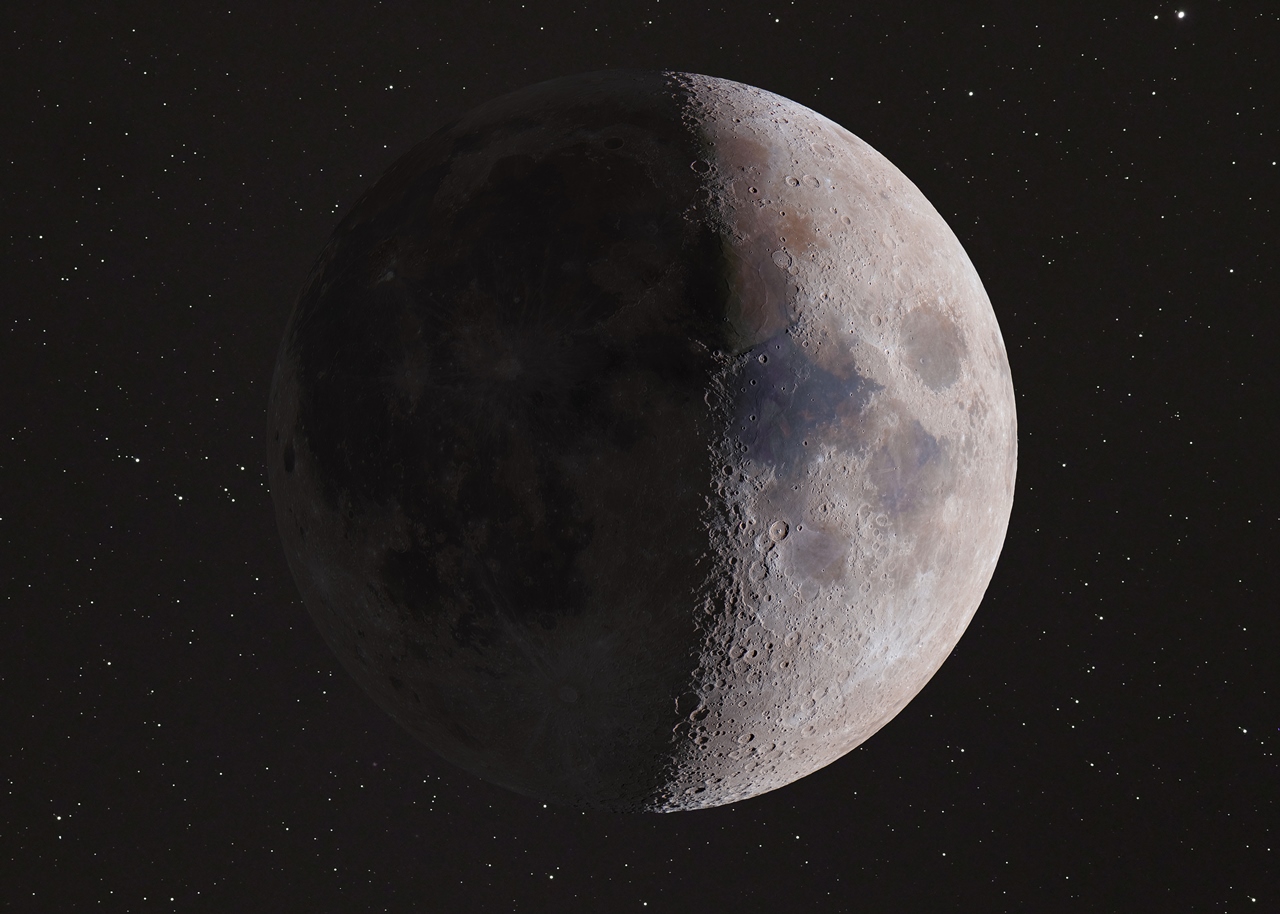
“The ‘dark’ and bright side of the moon and the stars have different brightnesses and therefore different photographic settings. Frames photographed individually and put together It brought about such a result.”
Equipment:
Celestron 9.25 EHD
Tracking system (RST-135)
Pentax K1
Place: Traisen / Germany
History: 02/07/2022
Galactic Center
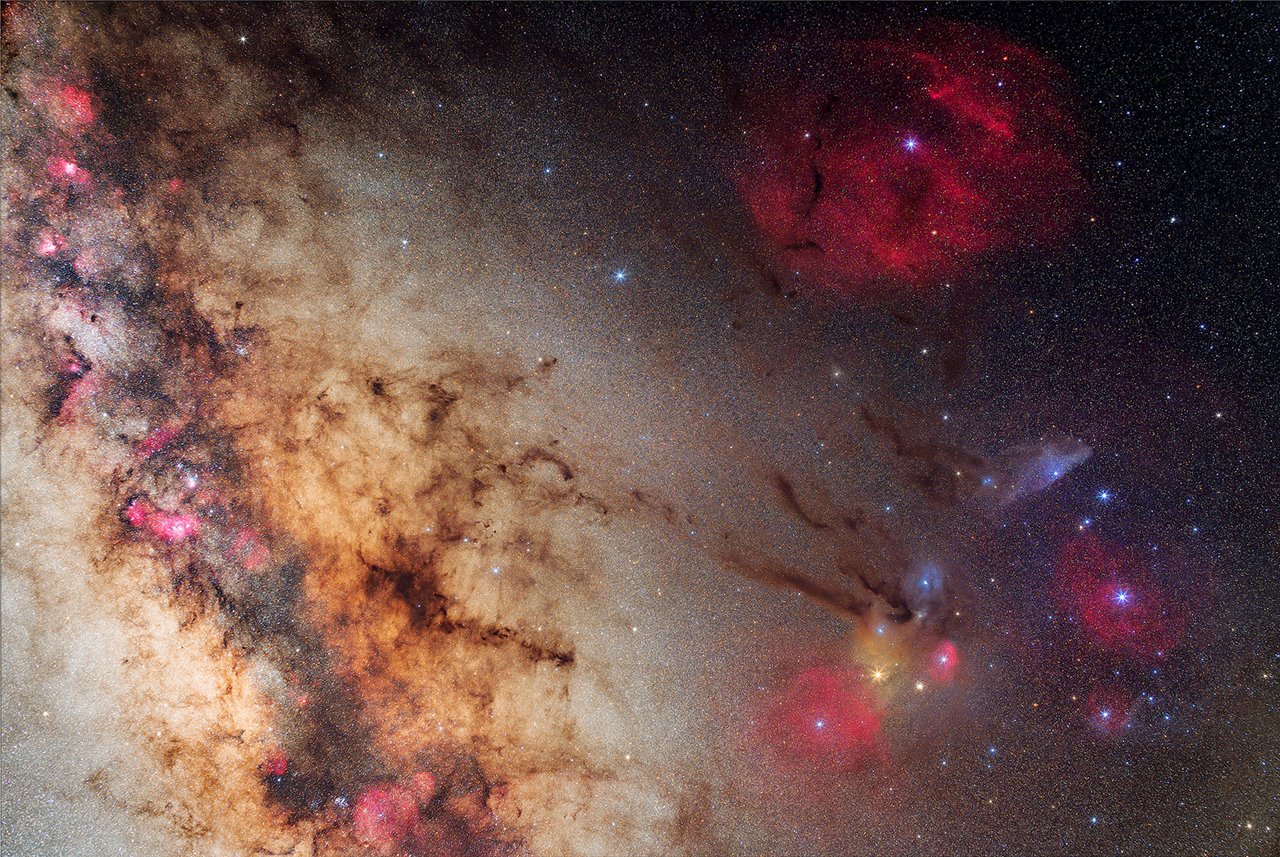
“Our galaxy is probably The most colorful and beautiful corner. With this photo I managed to win a big astrophotography competition in the USA. There were 641 photographs, 463 participants from 5 continents and 30 countries. Awards were given in 10 different categories. I managed to get 1st place in the ‘Stars and Nebulae’ category.
Equipment:
Nikon Z6 Astro-cool
Samyang 50mm f1.4
Tracking system (RST-135)
EXIF: 90 x 240sec. / ISO1600 / 50mm / F3.2
Place: La Palma / Spain
History: 07/30/2021
“Air-Glow” night sky light
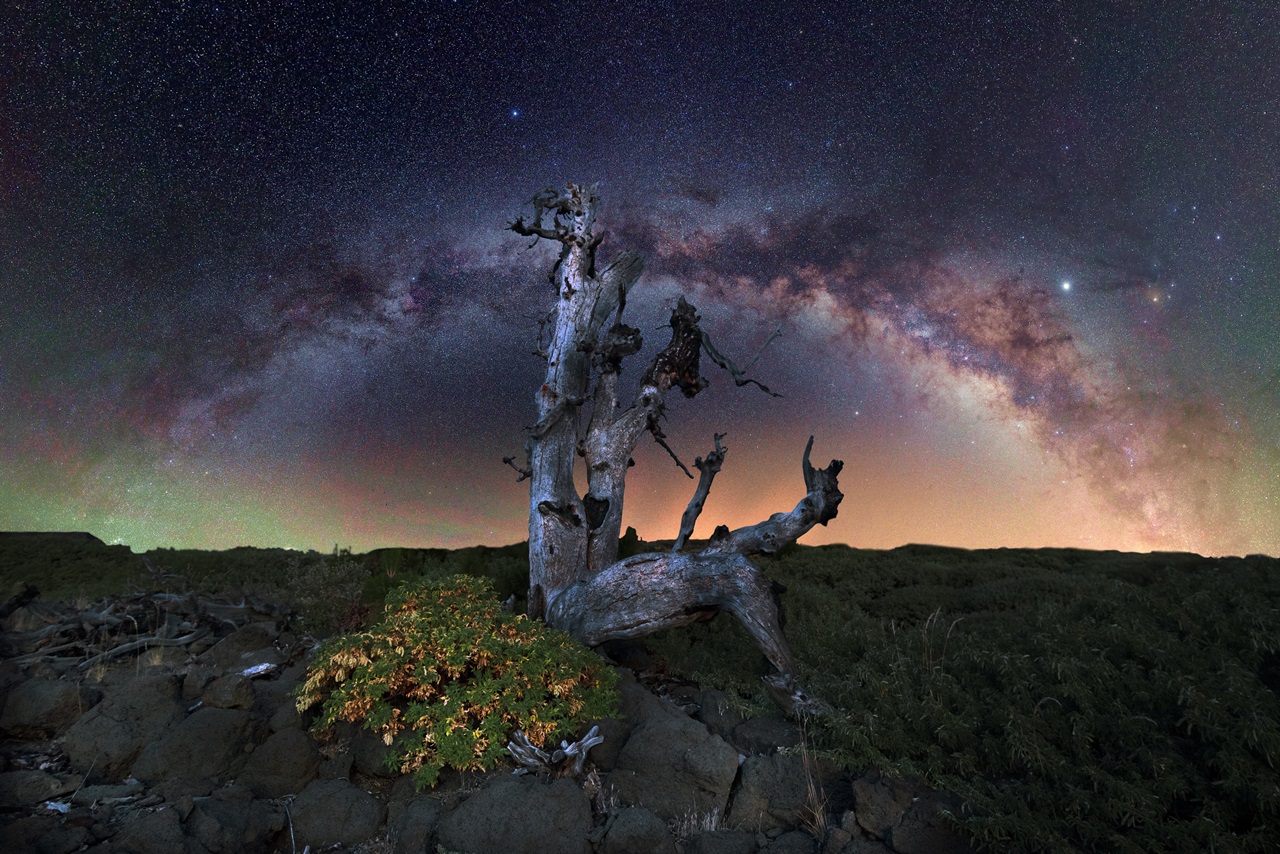
“This shot contains traces of night sky light. The sun doesn’t just light up the sky during the daytime. ‘air glow’ Night sky glow, also called night sky glow, ensures that the sky is never completely black at night. It is an extremely faint phenomenon in the sky that can only be observed or photographed on very clear nights.”
Equipment:
Pentax K1 Mark II
Pentax 15-30mm f2.8
EXIF: 15mm / F3.2 / 4×120 sec. / ISO1600 (Board)
Place: La Palma / Spain
History: 07/08/2019
Great Orion Nebula
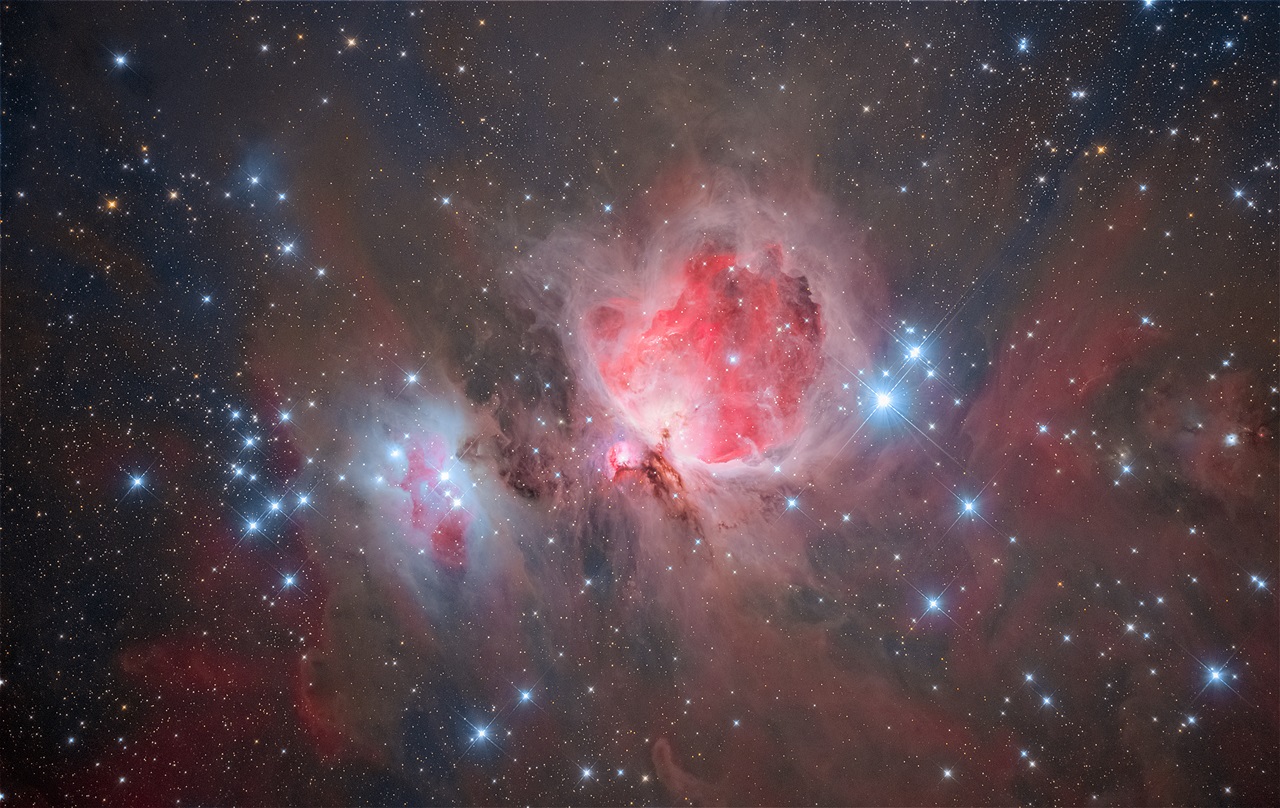
“Orion—the hunter in the sky—is probably the winter constellation, and for many the most beautiful constellation. An observation is helpful in any case, whether with the naked eye, binoculars, or telescope. The Orion Nebula is approx. 1350 light years away.”
Equipment:
Nikon D850 Astro-cool
Takahashi Epsilon 130
Tracking system (RST-135)
EXIF: 40 x 300 sec. / ISO800 / f3.3 / 420mm
Place: La Palma / Spain
History: 01/10/2019
Rho Ophiuchi complex
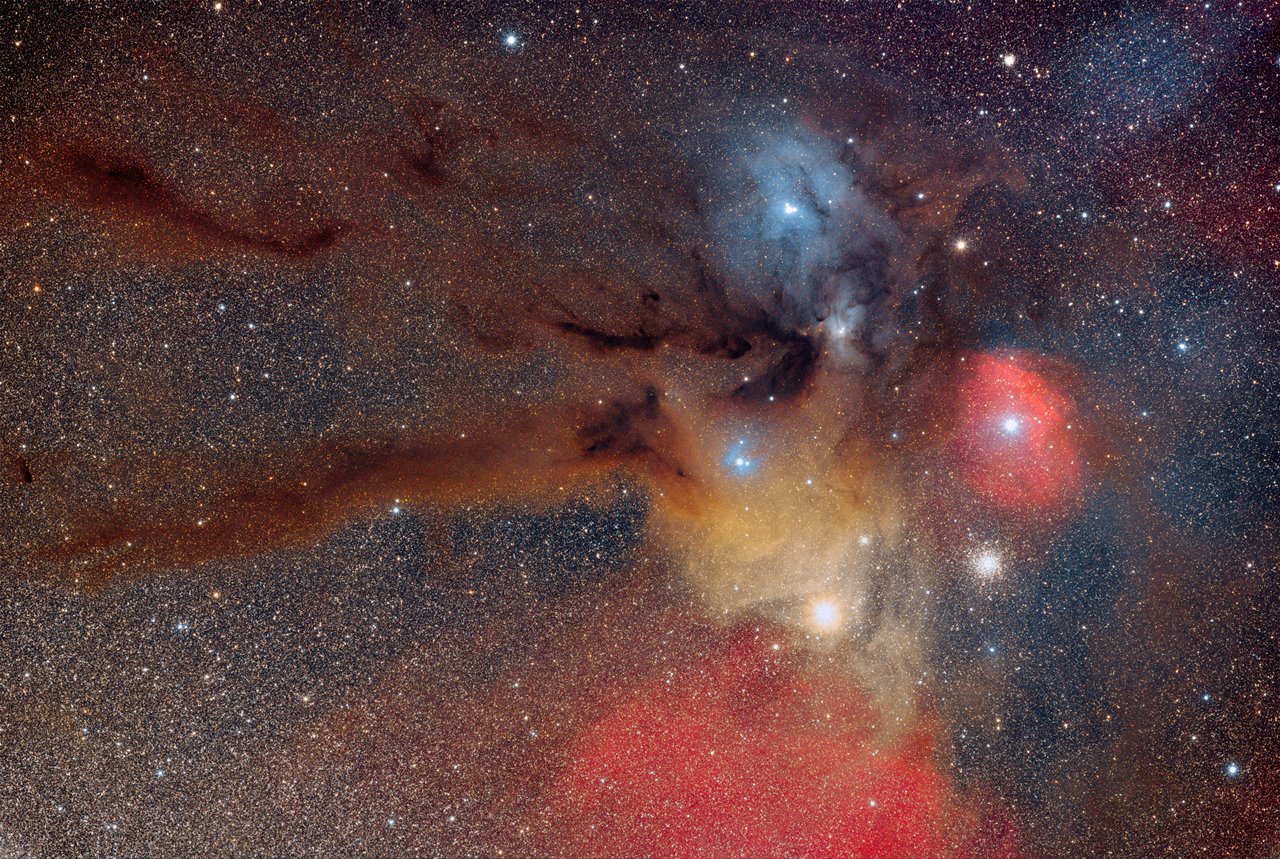
“This region of our Milky Way is only visible to a limited extent from Europe. As such, astrophotographers have only a few hours to photograph. At southern latitudes this motif presents a splendid mix of different colors. Approx. 427 light years away, these nebulae are one of the closest star forming regions.”
Equipment:
Nikon Z6 Astro-cool
ASKAR ACL200 APO
Tracking system (RST-135)
EXIF: 50 x 240sec. / ISO1600 / 200mm / F4
Place: La Palma / Spain
History: 07/29/2021
Comet Neowise
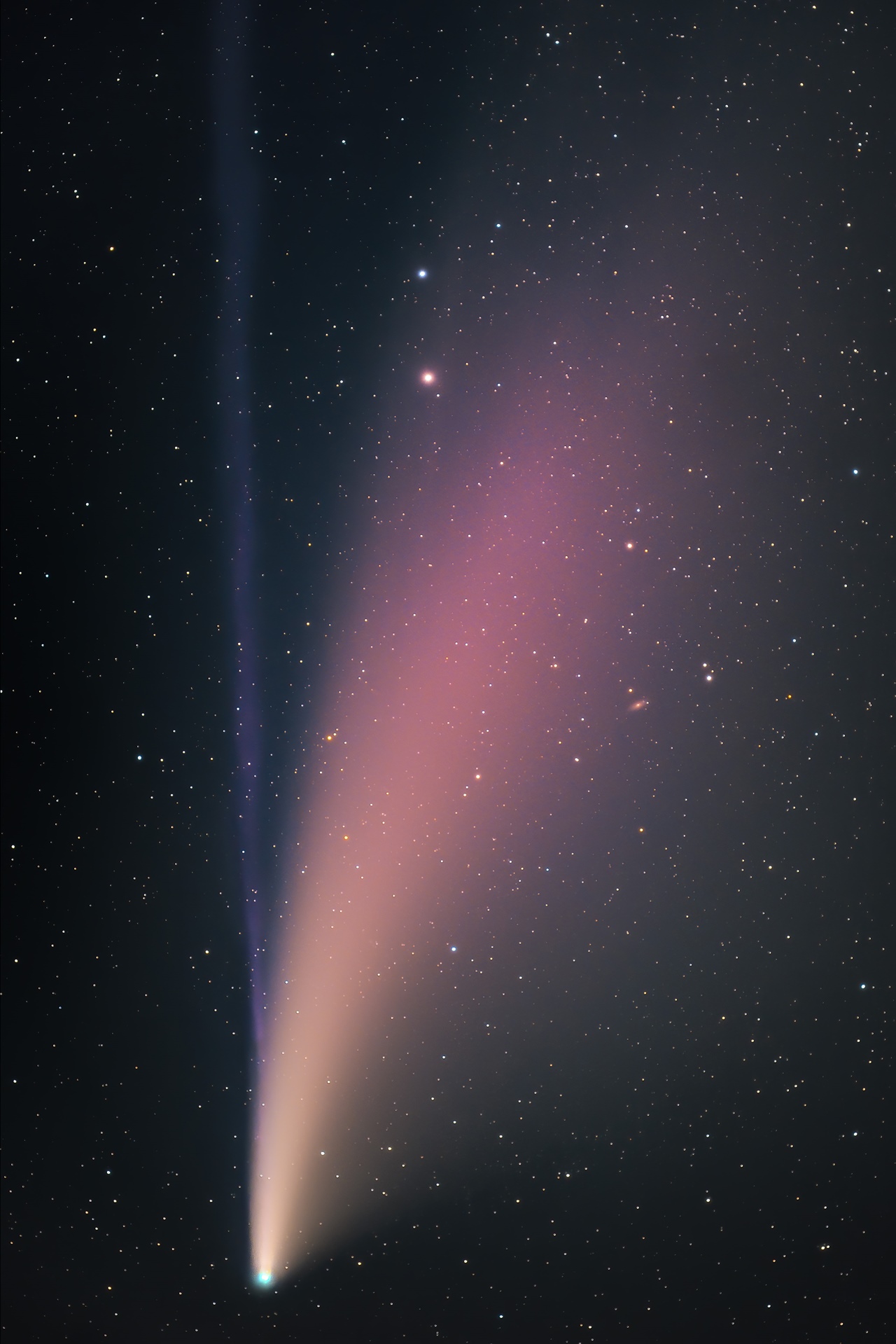
“Neowise, approx. 6,700 years later will once again be within sight of our planet.”
Equipment:
Nikon Z6 Astro-cool
WO RedCat51
Tracking system (RST-135)
EXIF: 250mm / F4.9 / 20x45sec. / ISO1600
Place: Bad Kreuznach / Germany
History: 23/07/2020
For more, you can follow him on Instagram: Mehmet Ergun
If you want to start your space observation from somewhere and improve yourself, you can take a look at one of the most preferred telescopes for the beginner level here.
